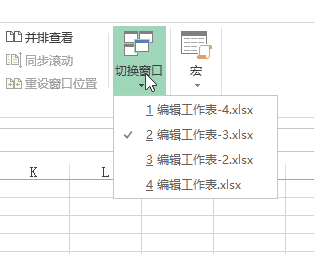在 VueJS 中巧用 Lodash Throttled 方法:保住 `this` 上下文
2024-03-23 01:58:20
在 VueJS 中使用 Lodash Throttled 方法:保留 this 上下文
在 VueJS 中使用 Lodash 的 throttled 方法时,您可能会遇到一些问题,特别是如果您想在方法内部使用 this 上下文。本文将深入探讨此问题,并提供有效的解决方案,帮助您在 VueJS 中熟练使用 Lodash 的 throttled 方法。
问题:失去 this 上下文和方法未触发
使用 Lodash 的 throttled 方法时,您可能会遇到以下问题:
- 失去
this上下文: 在 throttled 方法内部,this上下文将丢失。这意味着您将无法访问 VueJS 实例的数据或方法。 - 方法未触发: 如果您直接将 throttled 方法应用于 VueJS 方法,该方法可能不会被触发。
解决方案:箭头函数和 created 生命周期钩子
为了解决这些问题,我将介绍一个简单而有效的解决方案,它包含两个关键步骤:
-
使用箭头函数创建 Throttled 方法:
使用箭头函数创建 throttled 方法可以保留this上下文。这允许您在方法内部访问 VueJS 实例。this.doSomething = _.throttle(() => { // 在这里使用 this 上下文 }, 200); -
在
created生命周期钩子中调用 Throttled 方法:
在created生命周期钩子中调用 throttled 方法可确保在组件实例化时执行该方法。created() { this.doSomething(); }
示例:使用 Lodash Throttled 方法
结合上述步骤,以下是一个完整示例,演示如何使用 Lodash throttled 方法:
export default {
data() {
return {
foo: 'bar',
};
},
methods: {
doSomething: _.throttle(() => {
console.log(this.foo); // 可以访问 this 上下文
}, 200),
},
created() {
this.doSomething();
},
};
通过遵循这些步骤,您可以使用 Lodash throttled 方法,同时保留 this 上下文,从而访问 VueJS 实例的数据和方法。
常见问题解答
-
为什么需要使用箭头函数?
箭头函数会保留其创建时的this上下文,使其可以在 throttled 方法内部访问。 -
为什么需要在
created生命周期钩子中调用 throttled 方法?
在created生命周期钩子中调用 throttled 方法可确保在组件实例化时执行该方法。 -
如何自定义节流间隔?
节流间隔可以通过传递第二个参数(以毫秒为单位)到_.throttle()方法来指定。 -
如何取消节流?
可以使用_.throttle.cancel()方法取消节流。 -
如何处理节流期间发生的快速调用?
默认情况下,Lodash 的 throttled 方法会忽略节流期间发生的快速调用。但是,您可以通过提供leading选项来控制这种行为。
结论
在 VueJS 中使用 Lodash throttled 方法时,了解如何保留 this 上下文至关重要。通过使用箭头函数和在 created 生命周期钩子中调用 throttled 方法,您可以轻松地实现这一点,从而有效地利用 Lodash 的节流功能,同时保持对 VueJS 实例的访问。




